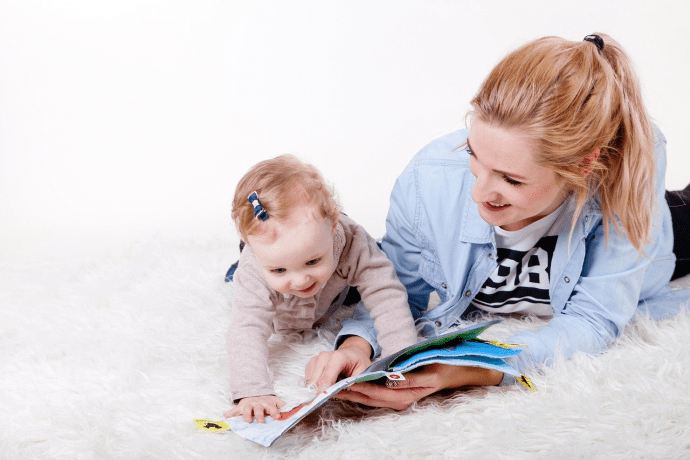It’s never too early to start introducing your children to books and reading. Kids can learn and absorb things from an extremely young age, and starting early has been shown to help in many studies.
If you’re wondering about how to get started with helping your kids learn to read, this handy guide of tricks and tips from experts will help you. Whether you are thinking about helping your young school-age child develop their skills, or getting your preschool child started with reading, this guide and learn how to kick start your young one’s reading skills.
A Reading Course
If the prospect of teaching your kids to read is a daunting one, or even if you’re not the strongest reader yourself, you might consider purchasing a teaching course to help. There are some great, expertly designed courses available for early reading learning, as well as courses for children of older ages. Courses like “Reading Head Start” have been proven to be extremely helpful and well-structured courses that can give your child a real boost when learning at home. If these are of interest to you, you can read the review here. There is no shame in purchasing a course – not everyone is a natural teacher! If you want to help both your child and yourself with an expertly designed course, these may be for you.
Playing With Sounds
If you are going to stick with teaching your kids to read by yourself, there are fewer great ways to start than playing with sounds. By this, we mean breaking down words into sounds and making a bit of a game about it. A young child isn’t immediately aware that each word is made up of multiple different letters and sounds. For example, they may understand the word ‘cat’ but not the phonetics of C, A, and T. Playing some fun listening games and ‘repeat after me’ style games can be a great way of solidifying these phonetic sounds into your child’s mind.
Another great sound game is using the sounds of animals or objects as a memory game. Point at a picture of a dog and make the sound a dog makes. Then, point at the word ‘dog’ and repeat the same. This can be done with any words or objects like the ding of a bell, moo of a cow, or knocking on a door. By showing the word and picture whilst associating the noise, you will help solidify those words and letters into your child’s young mind.
Rhyming
Another great way of teaching words is playing with rhymes. Understanding and being able to hear or repeat rhymes can be an amazing head start with reading. Start really simply with a word like ‘hat’ and ask your child to say a word that sounds like it. It doesn’t really matter whether your kids say a made-up sound or a real word, it’s more important that they understand and develop the concept of rhyming. These can be the building blocks towards understanding the alphabet and phonetic sounds.
Read to Each Other
Sounds simple, but this is probably one of the most important things you can ever do when teaching reading to a child of any age. Read to them. Read to them slowly and clearly, but also in an entertaining way. Let them see the pages you are reading as you read them. This will help your child slowly absorb the words on the page, as well as understanding new words that you are reading out loud. Once they are at a basic reading level, ask them to read simple books to you. Be patient and let them make mistakes. Gently correct or nudge them towards understanding what they are looking at. Simply put, the more you read to each other, the more they will learn.
Copying and Writing
Writing is a key part of reading, and teaching the two at the same time has been shown to help children learn much quicker. Write down a selection of simple short words on one side of a page, or next to pictures. For example a dog, the word ‘dog’, and then a space. Ask your child to identify the animal, read the word, and then copy the letters. These simple exercises will help with word association, reading simple words, learning individual letters, and figuring out the link between reading and writing.
Follow these steps when teaching your young children to write and watch as they very quickly grow, learn, and develop their skills. These tips are recommended by experts, and will certainly help you develop as a teacher as well as help your children grow. Good luck, and remember to enjoy these moments!




